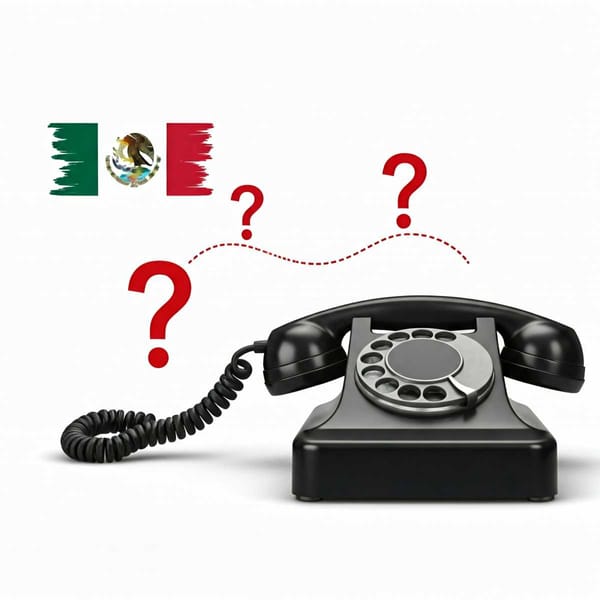The importance of hand washing: myths and truths
Hand washing may be an activity performed more as a habit than as a deliberate act to prevent the micro-organisms we are in touch with from harming our health.

Lack of hygiene in the preparation and consumption of food and beverages, in addition to insufficient sanitary measures in the handling of everyday objects, are the main causes of gastrointestinal and respiratory diseases in people. Hand washing is perhaps an action that is carried out more as a habit than as a conscious act of combating the microorganisms with which we are in contact and which can damage our health.
For this reason, Alfonso García Galaz, a research professor at the Food Science Coordination of the Food and Development Research Centre, explains the importance of handwashing and demystifies some aspects related to this important practice.
What is the correct way to wash your hands?
1. Wet your hands up to the height of your forearms, apply the soap and exert friction between your hands, fingers, wrists, and forearms.
2. Once the soap has lathered up, place your hands under running water so that the water runs freely and removes all the soap. It is important to dry very well at the end of the rinsing process to cancel out the humidity.
3. We must avoid touching again a surface that we know is contaminated; if we are in a public toilet, for example, the same paper with which we dry our hands must be used to open the door of the toilet.
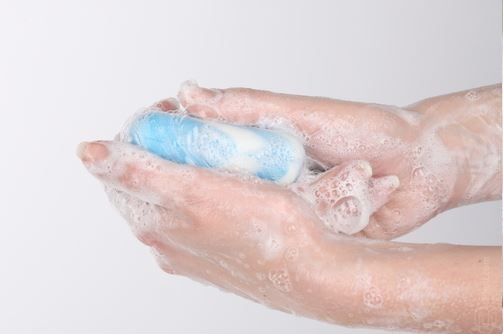
What is the most hygienic way to handle food from the beginning of its preparation for its consumption or storage?
Once your hands are properly washed, it is important that you first handle foods with low moisture content (cereals, grains, and some vegetables) and then handle foods with high moisture content such as meat and cheese.
If two different foods are to be chopped, do not use the same table unless it is washed between the two procedures. The latter is very important, especially among foods with high moisture content.
Once the food is prepared or cooked, it is important that if it is not going to be consumed immediately, it is cooled in a low-draft environment (it is not recommended to cool the food in air currents from fans or coolers) and, once it is cold, store it covered in the refrigerator.
Avoid storing different foods in the same container, especially if they are raw.
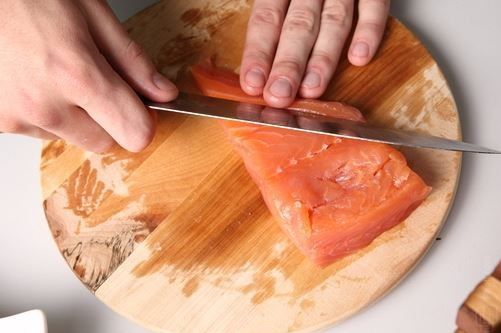
When we use antibacterial gel to disinfect our hands, which is more advisable, rinse the gel or keep it until it dries?
Bacteria can cause illness in us in two different ways: one of them implies an overpopulation of them inside our body and the other occurs because some bacteria are capable of producing toxins that they excrete to their environment or keep inside.
When we apply a disinfectant gel the bacteria die and if they are not removed we can transfer them to the food by contact. If they are of the first type of bacteria mentioned, there is no risk, but if they are toxigenic bacteria, the toxins can remain intact and cause some problems when we consume them. It is best to always rinse the gel from our hands.
What diseases can we expose ourselves to if we do not wash our hands after going to the bathroom?
Mainly to diarrheal diseases, but sometimes they can be more serious, such as dysentery, cholera, or food poisoning.
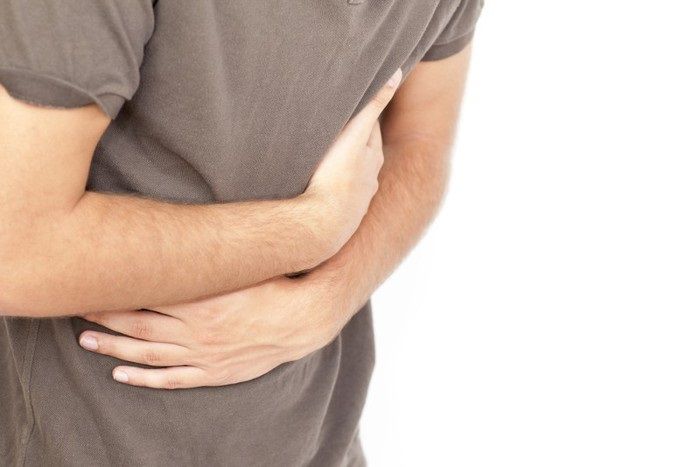
What is the potential of coins and notes to transmit diseases?
These objects are carriers of a large number of bacteria that inevitably when they come into contact with the skin on the hands, become impregnated with them, so the risk of acquiring a disease is very high. After handling money it is very important to wash your hands even if you are not going to eat food because with your hands you can touch other areas of the body such as the nose or eyes, which can be contaminated very easily.
How likely is it to contaminate one's hands with washcloths and keys?
As in the previous case, these are inert objects with a lot of handling, so they are a potential source of bacterial contamination. Therefore, the recommendation to wash your hands before eating is a golden rule. In public restrooms, it is important that when closing the faucet we do so with the same towel with which we dry our hands to avoid re-contaminating them.
Are acrylic nails more likely to contaminate food than natural nails?
Acrylic nails allow more moisture to build upon them than natural nails, which increases the risk of harboring and developing fungi and bacteria. Therefore, a person with acrylic nails is at greater risk of contaminating food.
When we wash our hands, it is rare for us to thoroughly wash our nails. People with long nails should wash and brush their nails underneath, getting the soap to the nail surface and then rinsing it with water.
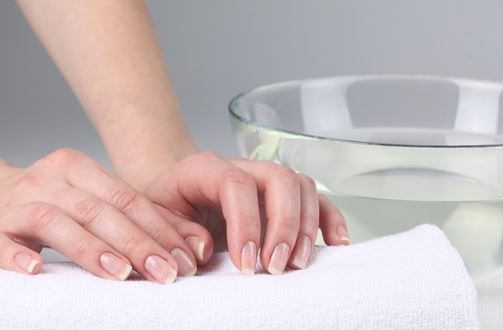
Can fruit and vegetables be contaminated by the contact people make when selecting them before buying them?
Definitely, yes, which is why all fruits and vegetables must be disinfected before consumption. We must be very careful with those fruits in which we think that by removing the peel we eliminate the risk of contamination since at the moment of removing the peel we can make it touch the inside of the fruit and thus contaminate it. Therefore, we must rinse them with plenty of clean water and consume them immediately.
In breastfeeding, is hand and breast hygiene important?
Adult women and men have a well-developed immune system that protects them against numerous infections. For newborns, this system may not be as effective, so it is advisable to practice good hand and breast hygiene during breastfeeding.
Is it possible to get a hand disease from contact with contaminated food?
Not generally. There would have to be very specific conditions for such an infection to occur, such as the person having an open wound when touching contaminated food. This is very unlikely; few people would take food to eat if their hand was bleeding.





